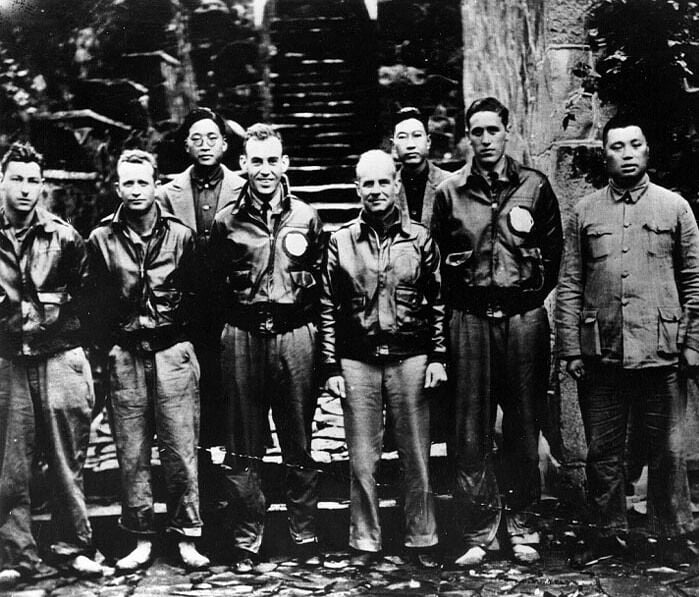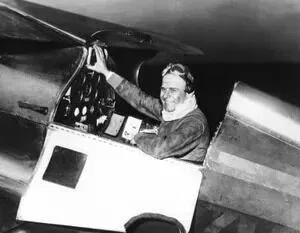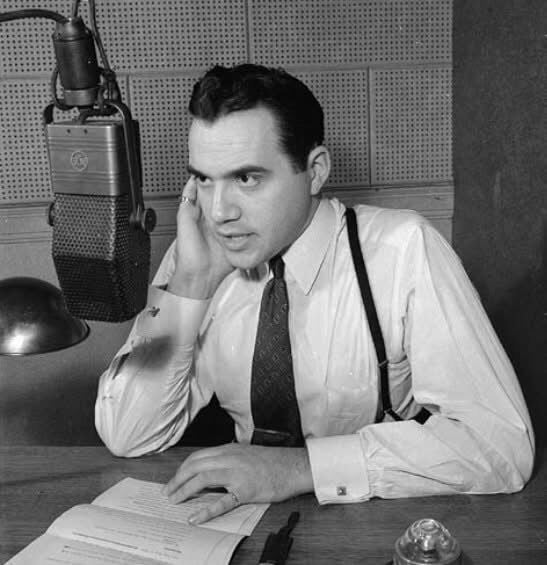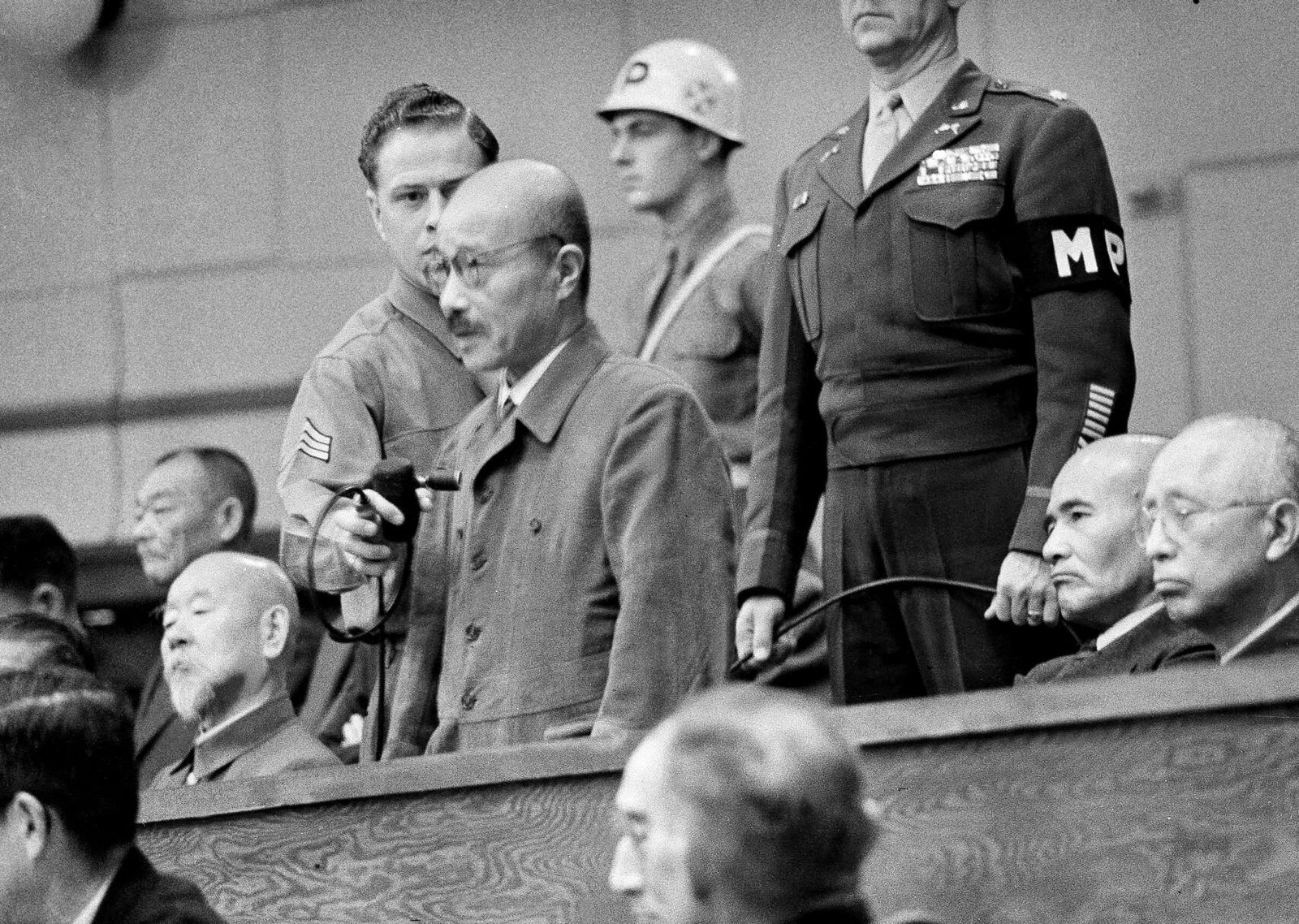Doolittle Delivers Roosevelt’s Message

By Bob Ford
If you love history, we are seeking sponsors to run this column. To comment or join in supporting this non-profit, contact Bob at robertmford@aol.com.


Lt. Colonel James Doolittle circled the USS Hornet in his B-25 waiting for the other mid-sized bombers to take off from the flight deck. Using precious fuel, it took 60 minutes for the rest to join him.
It was 9:30 a.m. on April 18, 1942, these aviators were following President Roosevelt’s orders to avenge the fiendish Japanese attack on Pearl Harbor just four months earlier with a bombing raid on Japan itself, and the country’s largest city, Tokyo.
Emperor Hirohito and Army Commanding Gen. Hideki Tojo had promised the Japanese people an assault on mainland Japan was impossible. Tojo was also Prime Minister of Japan at the time and the main proponent of preemptive strikes, i.e., Pearl Harbor.
This fact and his leadership of inhuman cruelty towards the Chinese and other Asian nations led him to be found guilty of war crimes and executed in 1948 after the war.
Isoroku Yamamoto was the marshal admiral of the Japanese Imperial Navy, head man on the seas. He was Harvard educated and knew the potential of the United States. Before the war, he flew over several industrial cities in the United States to see the country’s vast and untapped industrial strength.
Yamamoto was the commander of six aircraft carriers and 24 support ships that made up the task force that attacked Hawaii on Dec. 7, 1941. The admiral knew that not catching the U.S. aircraft carriers in Pearl Harbor spelled potential disaster for Japan.
After the Zeros returned to refuel in what many Japanese pilots thought was a wildly triumphant first wave, the admiral ordered the pilots to stand down.
After the attack, Yamamoto softly told his senior officers, “I’m afraid all we have done is awakened a sleeping giant and filled him with a terrible resolve.”
The “Doolittle Raid” was America’s first offensive act after Pearl Harbor.
It would take five hours of flying time to get to the coastline of Japan. The planes flew only hundreds of feet off the surface of the ocean as not to be discovered by radar, just above stalling speed to conserve fuel.

Each bomber had specific “Plan A,” military targets with “Plan B’s” as backup incase of the unexpected. Most targeted sites were military manufacturing facilities, fuel depots or harbor installations.
Each crew also discussed what should happen if there was trouble and the bomber could not get to their mark. Many planned on finding another military target to crash into giving up their lives for the cause.
If their plane was damaged or malfunctioned over water, several chose to bail out, knowing being rescued by an American submarine was a one in a million shot. There were only two subs actually patrolling the western Pacific.
B-25’s each carried four, 500lb contact or incendiary bombs. The incendiaries were designed to break into 28 pieces each with accelerators encased that would burst and set ablaze anything and everything they landed on.
Many of the bombs had personal notes attached, words to avenge Pearl Harbor.
As the planes got closer to land, they were discovered. Refitted fishing trawlers were now patrolling as Coast Guard vessels. Deckhands — at first waving to the low flying aircraft thinking they were friendlies training — then realized the unbelievable.
Radio warnings were quickly sounded as defenders scrambled to protect their homeland.
Dispersing to locate their individual targets, most B-25 navigators were lost until they obtained a ground reference. In spreading out as they came ashore, the aircrafts that were headed to Tokyo actually confused air and ground defenses as the Americans came in low and fast from different directions.
The bombers had to climb at least to 1,500 feet, then release their loads or be caught in the concussion of the explosions. Terrain was now a variable with mountains and forests to contend with, rather than the relative flat seas.
Everyone was low on fuel.
Japanese fighters were in the air with ground batteries unloading while American bombs fell.
One damaged bomber had to jettison its load in Tokyo bay, but the other 15 either hit their primary site or “Plan B’s.”
The overall damage suffered was minimal, but the psychological impact on Japan and their people had to be enormous. Their leaders, who most followed blindly, did not profess the truth. War had come to their doorstep.

Quickly, the Japanese propaganda machine went into action, declaring Tokyo was under attack, but nine enemy aircraft had been shot down. Getting more outrageous as the minutes passed, radio stations declared schools and hospitals were the American’s target with thousands of innocent citizens killed and injured.
The 16th and last bomber to leave the Hornet, the “Bat out of Hell,” had a “Plan A” site 300 miles south of Tokyo in Nagoya, Japan, a large oil storage facility and an aircraft manufacturing plant.
The “Bat,” piloted by Lt. Farrow and our favorite tail gunner Harold “Skinny” Spatz from Onaga, Kansas, carried four incendiary cluster bombs, perfect for the storage units.
As the bombardier identified the Toho Gas Company holding tanks they released two of the incendiaries, bingo! After circling and locating the Nagoya Aeronautical Manufacturing works where the Japanese Zeros were built, they let fly the last two fireballs.
Spatz, from his perch, caught sight of eight Zeros in attack formation, they are close enough to see their machine guns blazing. Skinny returned fire, now that the bombs had been released and the fuel nearly exhausted, the twin engine bomber was lighter and faster than the one engine Zero.
Lt. Fellow got the “Bat out of Hell,” out of there!
The overall mission had been a success, the bombing left the Japanese dazed and confused, now “they” were vulnerable.
Each plane was on its own, after eight hours in the air, running out of fuel, several shot up, the exhausted raiders limped, as planned, to Japanese controlled China.
Unfortunately 15 of the 16 B-25’s crashed landed … that story and the conclusion next week.




